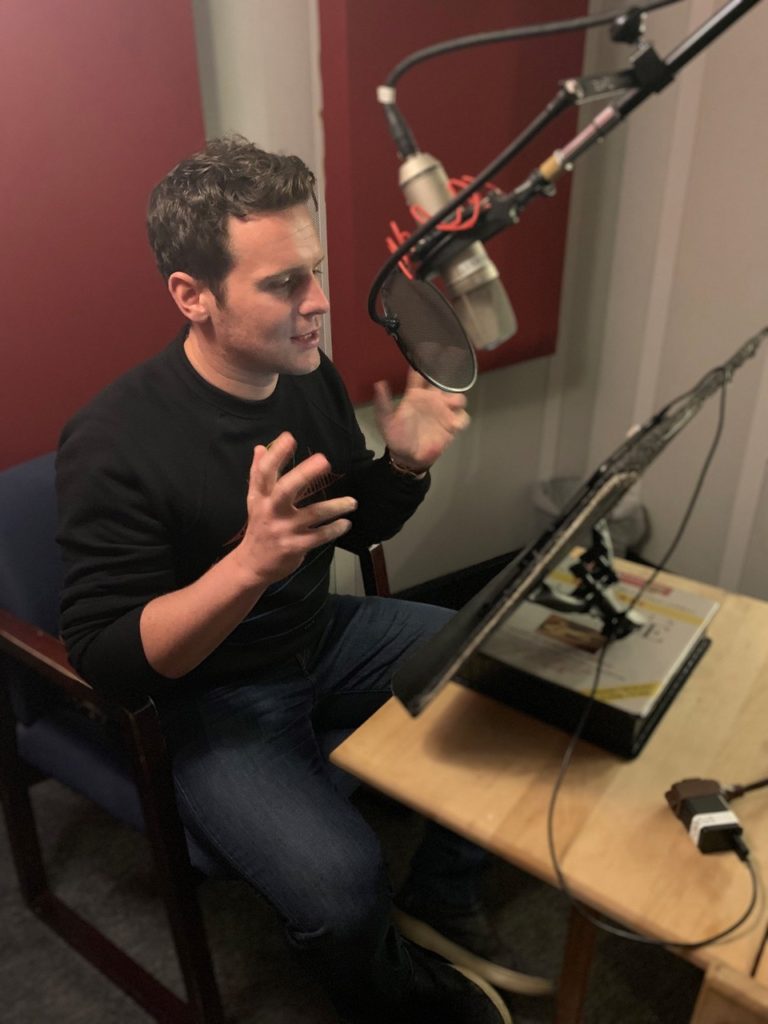Learning About the Crime and the Killer
In order to understand the artist, you have to look at the artwork. It’s the same thing with killers — you really have to study the crime. You have to look at how it was done and then you can begin to understand why.
In the past, authorities were making decisions about sentencing, treatment, parole and probation without really knowing the motivation behind the crime. Now there’s more of an effort to try to gain insight into the minds of killers, rapists and other criminals. Before you sit across a table from either a convicted or suspected killer, you need to do your homework. You have to study the crime scene and autopsy photos of the victims, and read the police reports. And you have to do an analysis of the victim, known as victimology. Being familiar with all this information will help convey to the offender the idea that you’re interested in him. And from that, he may also come to believe that you’re showing him respect — an initial objective in establishing a rapport.
Building a rapport is the key
As with any interview, developing a rapport is the key. And rapport is gained when the investigator understands the killer’s world. Conveying respect for a murderer means setting aside your personal feelings about the nature of the crimes committed. You may have to sit there joking around with someone who preys on little children or tortures his victims in unspeakable ways.
But it’s worth it if you come away from an interview with firsthand information about the killer’s values, beliefs and thinking patterns, not to mention an admission of responsibility for the crimes. And it moves things along more quickly. When the interviewer shows respect for the killer, the subject spends less time evaluating the person who’s trying to crawl inside his mind.
Across the table from murderers
During a study conducted for the FBI, some colleagues and I interviewed killers whose crimes were sexual in nature. The offenders were already convicted and behind bars, but we believe the same techniques are beneficial in interviewing suspects during the process of trying to apprehend a killer. The questions we asked centered on four phases of the murder: the pre-crime phase, the actual crime, disposal of the body and the post-crime phase. In the pre-crime phase, it’s helpful to reconstruct the scene prior to the murder. We asked offenders to describe how their day went before they committed the crime, and their thoughts and feelings before encountering the victim. This helps the interviewer determine what moved the offender’s murder from fantasy to action. Regarding the murder, it’s important to talk about gaining access to the victim; conversations and behavior involving the victim; transporting the victim; sexual behavior before, during and after the victim’s death; methods of torture; other acts after the victim’s death; and thoughts and feelings throughout this time.
Our interviews with the murderers made clear the importance of fantasy in planning the disposal of the victim’s body. This is the point where the killer may first come to grips with the reality of what he’s done. Here, we asked what was done with the body; how the offender left the scene; what, if anything, he took from the body or crime scene; and what he thought and felt during this time. We asked the offenders what they did right after the murder. Did they change clothes? Go out to eat? Go to sleep? Have a night out with friends? We wanted to know their thoughts and feelings about the crime, whether they dreamed about it, went back to the crime scene, attended the funeral, read about it in the papers. Did they talk to police or assist in the search for the body?
Fantasy fuels sexual homicides
The role of fantasy in sexual homicides can’t be emphasized enough. Fantasy fuels these killers and then provides a kind of instant replay for them after it’s over. They can relive their crimes indefinitely, playing them over and over in their heads. The fantasy life provides a sense of power and control, along with emotional stimulation. But people with a long-standing fantasy life may not talk about it easily. Often, a low-key approach is successful in getting them to talk.
Killers with a rich fantasy life tend to provide very specific details about the crime. It isn’t difficult — they’ve been thinking about it nonstop. It’s important to be able to ferret out these details during an interview — they provide the best information about how the subject operates.




























That explains a lot sir.
I imagine the transition between building the rapport with the subject and asking the first question directly related to the crime has got to be tedious at best. Do you have any suggestions for that first question? Is it better to be laid back or firm with aggressive types? Should we try to adjust they way we ask the same questions to introverts, charismatics, or the really out there types of people? If I notice that the person is withdrawn or is a bit of a dreamer. Should I first discuss his/her fantasies and then go into the reality of the crime? What, if anything, do you do to maintain your rapport with the suspect after the interview? Do you ever get requests from prior interviewees to conduct another interview after their conviction? I read in your Mindhunter’s book in chapter one that sometimes convicts are just board. That they have a lot of time on their hands. Can this truly be an advantage to us or can this be a double edged sword that just encourages “fish stories” from the demented?